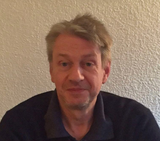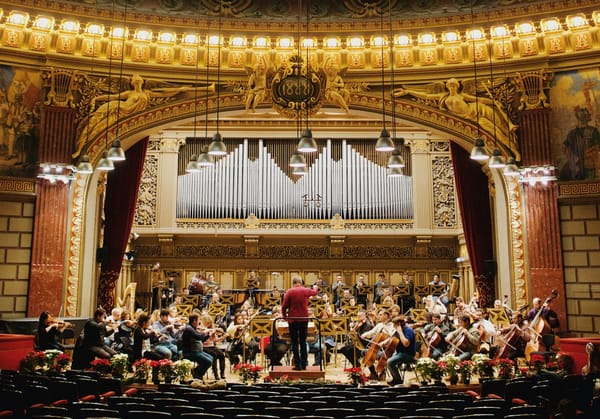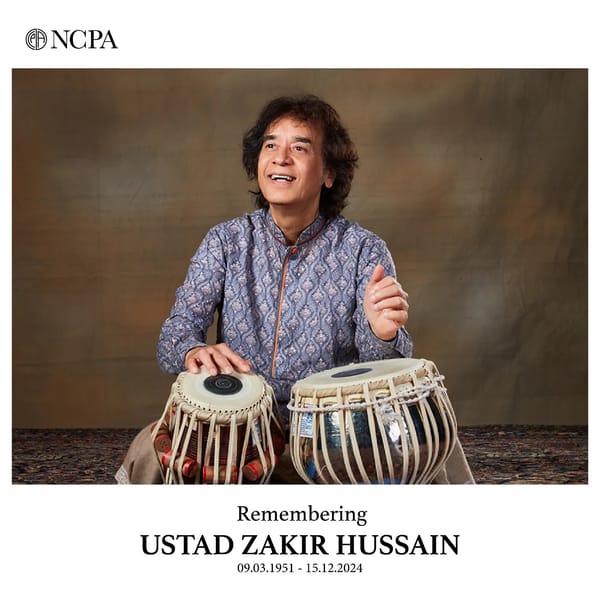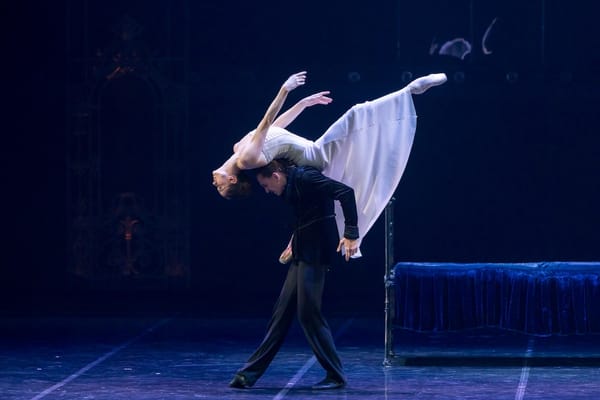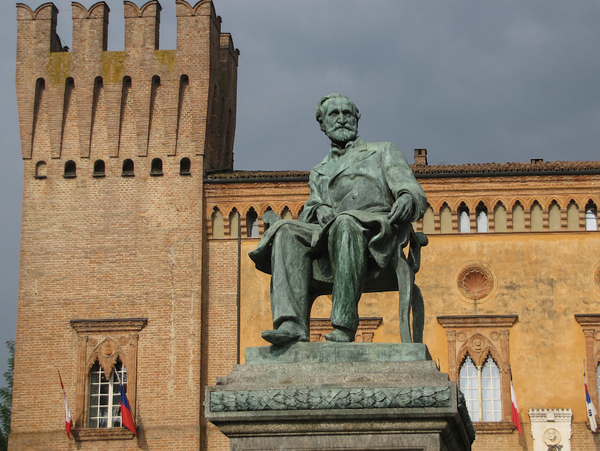Modern Crossover: Serious Music and Popular Music
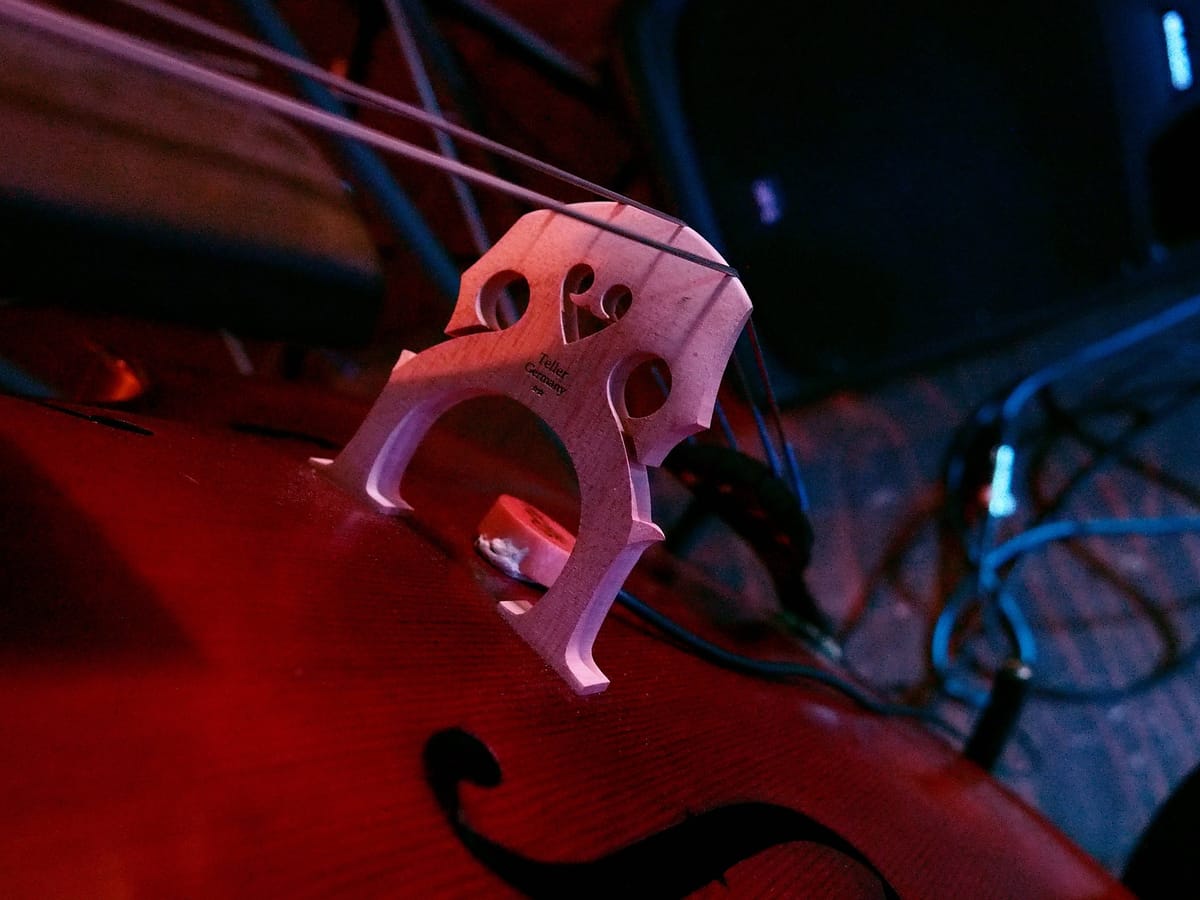
Everything used to be simpler before. Classical musicians composed classical music, pop musicians pop and jazz musicians were the exotic birds. But now these boundaries are becoming increasingly obsolete. Artists ranging from Mouse on Mars to Hauschka are going ways that have long remained untrodden. There is plenty happening in the world of music; certainties are becoming options and settled positions prospects.
Proudly looking back on its achievements, always on the cutting edge and looking challengingly into the future: on the occasion of the 21st anniversary of the influential electronic band Mouse on Mars in 2015, we can draw up on the basis of this musical phenomenon a preliminary summary of the extent to which the development of electronic music has changed in the space of two decades. The extended pop appeal has in the case of Mouse on Mars always been happy to try out new things and not infrequently brushed the tangent of New Music. In other cases this understanding of pop music is usually associated with an unbridled infatuation with technology expressing itself predominantly in over-engineered studio tinkerings. In this way, the sound worlds of Mouse on Mars have succeeded in producing a balance of open forms that work in clubs and on big rock stages, and can, soundwise, be respectably presented elsewhere, such as in concert halls of traditional character. Interesting in this connection is also that renowned avant-garde composers, especially New Music interpreters and ensembles, but also concert organisers who otherwise tow a consistently dogmatic line as regards compositions, have taken an increasingly positive attitude towards these signs of change.
Mouse on Mars, far out
The best example of this is a commissioning of Mouse on Mars to compose an orchestral work for the 25th anniversary of the Cologne Philharmonic. The resultant piece, Paeanumnion, which was wildly applauded, has been re-performed as part of the Mouse on Mars birthday celebration 21 Again, and we again see that a hybrid of serious and popular music possesses its irresistible charms when the musical parameters arising from such a linkage are applied in a cunning and coherent manner and all participants stand behind it with enthusiasm. Paeanumnion is an audio experience – an organisation of acoustic instruments and electronic sounds, a networking of analogue equipment with the latest digital technology. And the mutual respect between the two main figures of Mouse on Mars on the one hand and the members of the ensemble Musikfabrik under the direction of composer-conductor André de Ridder on the other hand, whose enthusiasm is apparent in the live performance down to the last ramifying detail, contributes decisively to the success of this vivid sound universe.
Paeanumnion 2011, source: Ensemble Musikfabrik / Youtube
Old traditions, new paths
This kind of exciting interaction no longer possesses a special status. Renowned groups such as Musikfabrik are increasingly experimenting with challenging new stylistic elements and so expanding their repertoire. On the other hand, countless young groups are making such elements their own from the outset and producing New Music with different approaches that achieve results which can no longer be neatly assigned to any pigeonhole. Ensembles want to stand there widely fanned out, while perhaps pursuing a traditional line: as a reference to the history of classical music, for example, which was always able to call on the element of entertainment as counterpoint to rigorous theories of composition from antiquity to modern times. The methodology of numerous great creators of music of the last century – like Igor Stravinsky, Darius Milhaud, Dmitri Shostakovich, Béla Bartók, György Ligeti, Bernd Alois Zimmermann or Hans Werner Henze – who knew how to displace the all-too moody with something “light” from ballet, film music, jazz or folklore are pursuing a traditional line, too. The experiments of the early 1980s and 90s into the new millennium, in which the Ensemble Modern played music by Frank Zappa and the chamber orchestra Alarm Will Sound adapted tape snippets of Aphex Twin can also be seen in this tradition.
Standing shoulder to shoulder
Or they venture even what was once frowned upon, as when classical music stars such as the violinist Hilary Hahn gets together with the pianist Hauschka to create something adventurous, which does not even come close to the lowlands of cheerful entertainers of the like of Nigel Kennedy or David Garrett, not to mentioned self-proclaimed waltz kings. No, the developments of recent decades have taken place not only through the loosening of encrusted structures that have gradually taken on a life of their own, but also through paying tribute to social and cultural change and conquering audiences that now accept what has long been fought for. This compound has matured into an independent art form: chamber music in the disco club, laptop presentations in the concert hall. But regardless whether the old questions are resolved of how youth can be lured into the classical ambience or the hierarchies of the concert scene be minimised, for serious and popular music to stand shoulder to shoulder unusual concepts are needed, unconventional programme designs and expert selections that recognise the quality of new works and makes it possible for them to come into their own at separate venues.
Clubs as the new stages
In the last decades, a lot of unusual venues have established. The spectrum ranges from industrial landscapes in the Ruhr, the conversion of old factories for the presentation of new art and music like Kampnagel in Hamburg, churches and art galleries to specially built halls or the occasional appropriation of gigantic dance clubs. The Berlin Radial System V and the club Berghain, also located in the capital, have proven to be the most notable representatives of the trend. It is conspicuous that these localities, like countless other venues, are overloaded by the work of providing a forum for the unusual. The most appropriate possibility for presenting such experiments seems to be that of specific festivals or series for New Music. Under a common title all genres luxuriate, surprises come to light, and known and popular works are set into correlation with completely unfamiliar and exotic ones, nourishing academic awareness and pure fun. In such a context, entertainment and avant-garde immerse themselves in entirely different spheres.
Festivals of border-crossing
There are enough examples. Thus the focus of the Contemporary Classic Festivals (C3), which takes place at irregular intervals, is set in this direction. The festival promotes cross-border projects for cross-fertilization and exhibits a wide range of creativity and innovation – a concentrated collection of contemporary classical music and electronic club music in which all the genres from techno and minimal to ambient are mixed. Another example is the Hamburg Reeperbahn Festival. Such serious musicians as the members of the Ensemble Resonanz boarded the dance floor of the Mojo Club and reinterpreted, with great professionalism and confident style, the highly complex rock grooves of the American composer and guitar player Bryce Dessner from the band The National.
The ingenuity with which the development is taking place can also be seen in the theatre spectacle Kaleidoskopville, presented in Berlin in late 2014 and based on Lars von Trier’s Dogville, which projects a kind of social utopia, a small, imaginary village, populated by people who desire to realise their musical needs. The soloist ensemble Kaleidoskop plays works of Beethoven and Mahler, immerses them in a different light and develops a magical world consisting of dance, language, action, film and music. The list can be easily lengthened – for instance, with projects such as faithful! II – Loyalty and Treachery of Musical Interpretation, again a fascinating interplay of musicians, composers and listeners that took place at several Berlin stages in galleries, clubs, Radialsystem V and Berghain. Here the principal of serious / popular worked in such a way that the notation, instrumentation and approach of composers were put to the test in the interests of musical objectivity. The spiritual mentor of the whole project was – Helmut Lachenmann. The scene is in motion, quite clearly so.
Translation: Jonathan Uhlaner
Reprinted with permission from Goethe-Institut – http://www.goethe.de/ins/in/en/lp/kul/mag/mus/13784262.html

